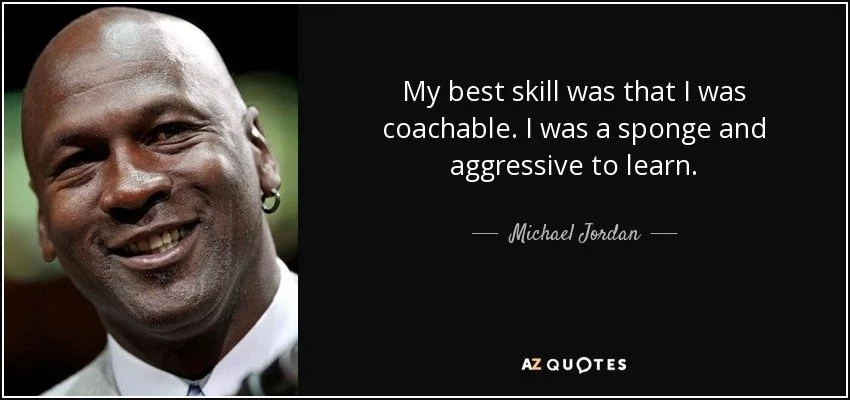As I think about the Agile Coaching Growth Wheel Advising (consulting, consultative) stance, I don’t think it’s initially something you automatically do as an agile coach. Instead, I think it’s something you are either invited to do or become over time.
That aspect makes it quite different than some of the other stances. For example, Coaching, Facilitation, or Guiding Learning includes the invitation and empowerment with the role.
I also think the Advising stance aligns with the Leader stance; in that, you must be more intentional in becoming an Advisor—
It’s something you step into and earn over time.
It has more risk associated with it than the other stances, thus requiring more courage and resilience.
And finally, it places more pressure on your Self-mastery and Leader stances.
This may be why many coaches struggle so much with the stance. Not only from a skills perspective, but many seem afraid of it—so they find excuses to avoid operating as an advisor. And they’re not necessarily wrong.
To help empower more coaches to become comfortable with advising, I thought I’d share some ideas around elements supporting their evolution.















